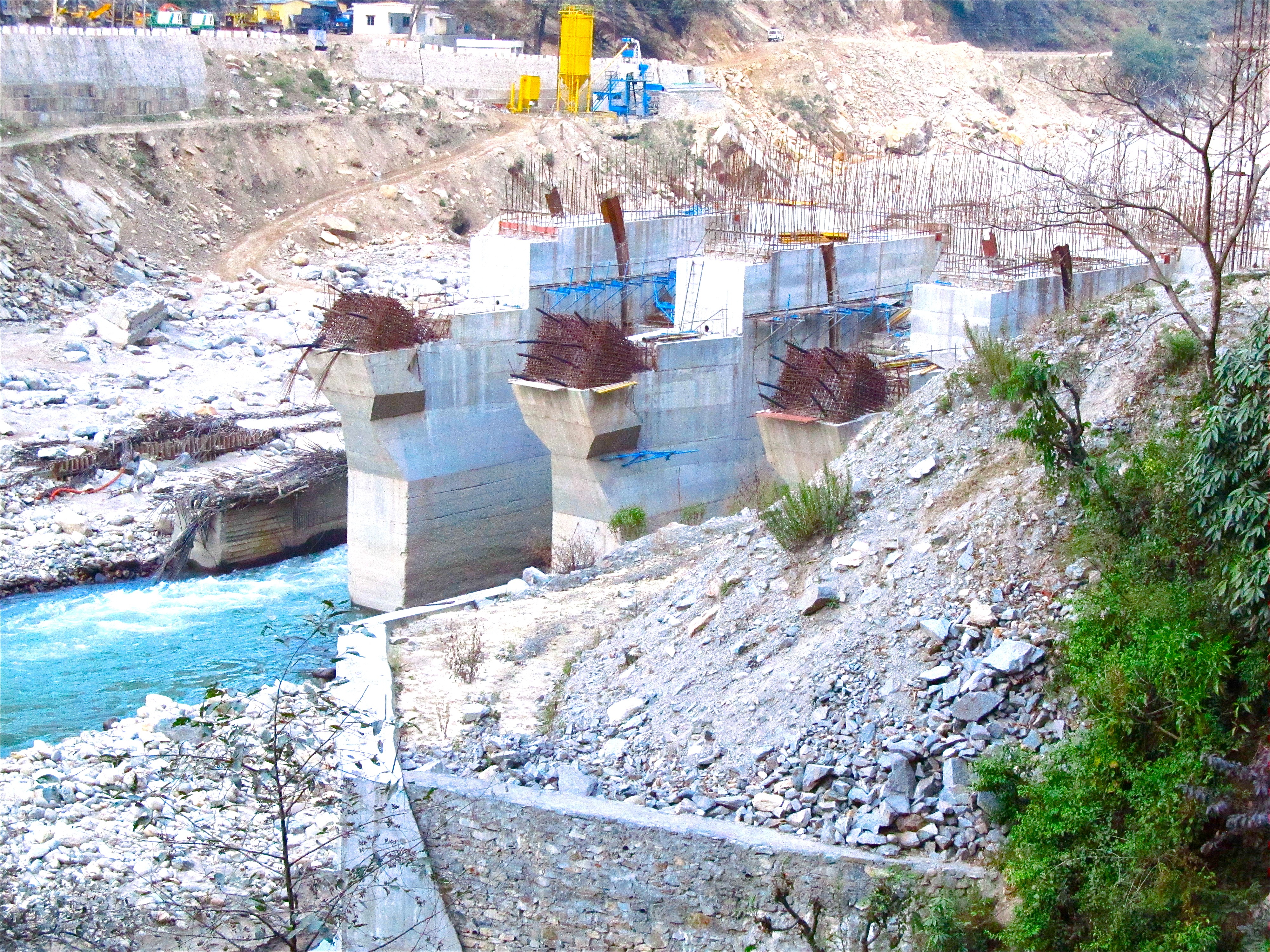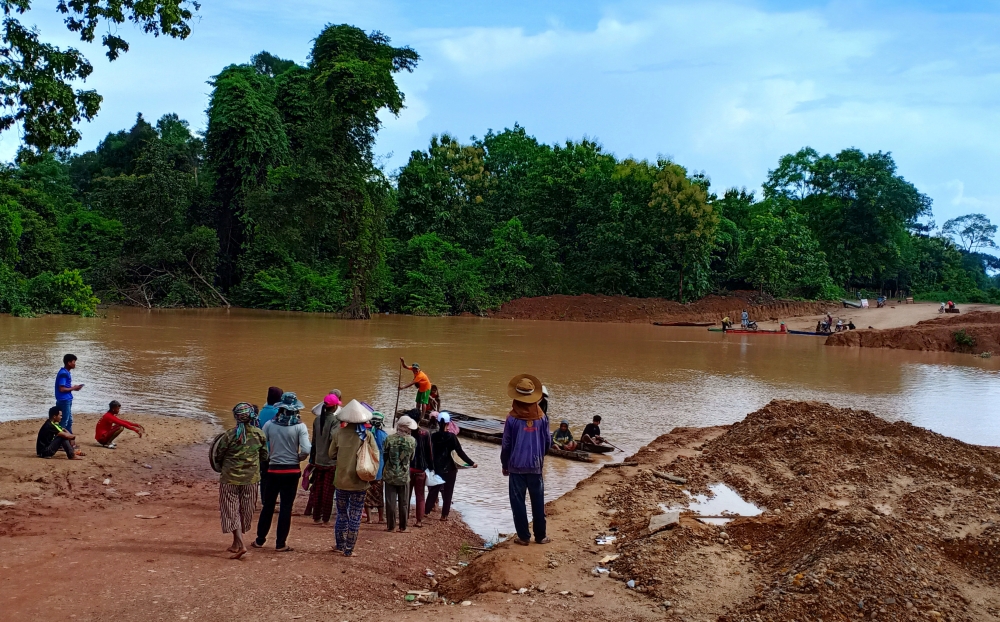
Like a herd of wild bulls, raging floodwaters stampeded across a highland plateau in July and tore a hole in the mammoth Xi-Pian Xe-Namnoy hydropower complex dam in south central Laos. The boiling torrent crashed downstream from the nearly completed $1 billion dam, drowning 39 people identified so far, leaving over 100 more missing, and forcing more than 6,600 people out of their homes and into temporary government housing.
Little more than a month later, on August 29, floodwaters caused an irrigation dam to burst at Swar creek in central Myanmar, flooding 85 villages.Two people are missing.
The two catastrophes, both connected to the increasing ferocity of drenching storms in Southeast Asia, are an epochal moment of reckoning for the financiers, builders and managers of big dams, especially the mammoth hydropower dams that nations are so intent on building despite the vivid and mounting risks. Mega dam developers are being challenged by fierce ecological havoc, as well as climbing costs, civic resistance, and engineering lapses. The result is that dams around the world are failing at a rate never seen before. In Southeast Asia alone three big dams have failed in the last year. A second hydropower dam failed in northern Laos in September 2017.
“There have always been big projects that failed,†said Bent Flyvbjerg, professor of major program management at Oxford University’s Saïd Business School and a widely cited global authority on mega projects. “What is different now is that we have many more mega projects, they are much bigger, and there are spectacular failures that are more visible.â€
The deadly collapse in Laos is a case in point. Until the Xi-Pian Xe-Namnoy disaster, Laotian leaders viewed mega hydro dam construction as a safe path to strengthening their treasury. The tiny landlocked nation of 7.1 million people set out to encourage domestic and international financiers and contractors to build over 100 big hydropower projects to sell electricity to its fast-growing Southeast Asia neighbors and to serve its own rising power demands. According to the Laotian government, two thirds of the country’s hydropower is exported, which accounts for almost a third of its export revenue.
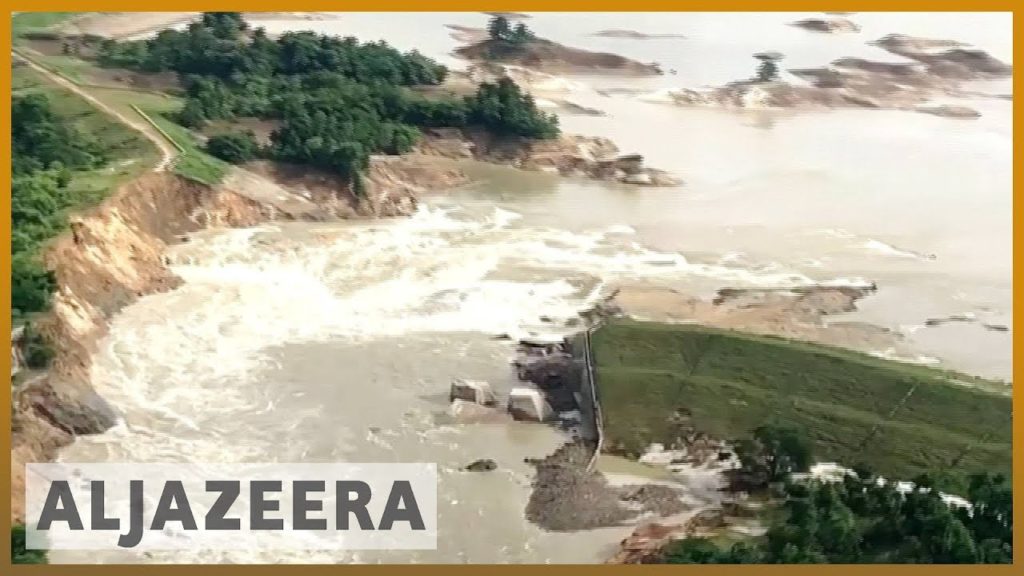
More than 50 dams are in various stages of planning and construction, according to government reports. As a whole, Laos is undertaking one of the world’s largest hydropower development programs.
A sizable share of the new generating capacity will be produced by two enormous dams Laos is building on the Mekong River. As many as seven more Mekong dams are planned. The Xi-Pian Xe-Namnoy dam is one of the mega projects that Laos encouraged for Mekong tributaries. Developed by a Lao-controlled international consortium, the project is a near-perfect example of what Laos is pursuing. And it is immense — spanning three rivers and two provinces of southern Laos about 325 miles southeast of Vientiane, the capital of Laos.
Its principal developer, Xe Pian-Xe Namnoy Power Company, is a partnership between Thailand’s Ratchaburi Electricity Generating Holding, South Korea’s Korea Western Power, and the state-run Lao Holding State Enterprise.
Like so many other mega infrastructure projects, the idea and preliminary design concept for the 410-megawatt dam started around the turn of the century. Construction began in 2013. When it failed, the project was 90 percent complete and nearing operational status next year.
But two decades between conception and operation is a lifetime in the hyper change occurring this century in technology, and economic and environmental transition. As investigators look for the causes of the disaster, one prime area of research is almost certain to be whether the designers anticipated the much more intense hydrological conditions that have overtaken Southeast Asia.
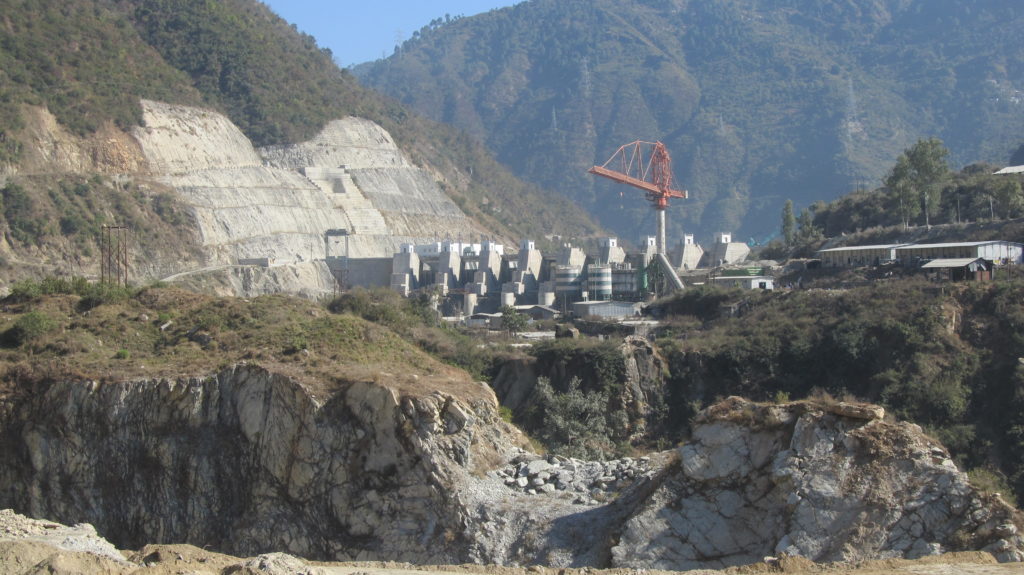
Storms drop more rain in single events than have ever been measured across the region, according to researchers. The major storage reservoir at the Xe Pian-Xe Namnoy project was designed to hold just over 1 billion cubic meters of water. According to government statements, a major storm preceded the dam failure and victims were overwhelmed by a frothy, muddy torrent estimated at over 5 billion cubic meters.
A Dam Conflict
Before construction began, opponents had already lashed out at Xe Pian-Xe Namnoy and other Mekong basin dams. Villagers worried they would be pushed out of their homes. Environmental organizations and some officials in neighboring countries said the scale of the Laotian vision would overwhelm the Mekong, one of the world’s great freshwater fisheries and a primary source of water for irrigation.
A good number of the more than 70 million people in four Southeast Asia nations that rely on the river also pushed back against an electrical generating strategy they viewed as dangerous and obsolete.
With surprising speed, Southeast Asia has emerged as a testing ground for competing theories about producing power. The 20th century idea of building immense, expensive, and risky hydropower dams is rushing headlong into a wave of smaller, less expensive, easier to build, and less dangerous alternative energy technologies and development. Earlier this year Thailand seemed to side with that argument when it pulled out of an agreement with Laos to purchase power from a planned Mekong River dam. The decision put the Pak Beng dam project in jeopardy.
The catastrophe at the Xi-Pian Xe-Namnoy dam is certain to add considerable weight to arguments by opponents. It may also curtail Laos’ grand hydro development plans. Lao authorities declared a moratorium on dam construction and proposed projects pending a review of its hydropower development strategy, and inspections of its existing dams.
Earth’s Fury
The history of mega energy project failures is a narrative of forced change. The 1979 partial nuclear meltdown at the Three Mile Island power station wrecked the market for civilian nuclear energy in the United States. The 2011 earthquake and tsunami that destroyed the Fukishima nuclear station caused Japan to shut down its atomic generating industry.
A massive climate change flood in 2013 in Uttarakhand, one of India’s Himalayan states, killed thousands of people, swept away one big dam and seriously damaged at least nine others. The flood dramatically slowed India’s Himalayan hydropower construction program.
Across six continents, earth’s fury has made building and operating big projects, especially dams, immensely challenging and increasingly menacing. The earthquake three years ago in Nepal severely damaged 14 hydropower dams. Last year California’s Oroville Dam was in danger of failure after storms caused the reservoir to overflow, seriously damaging its spillway. Almost 200,000 people were evacuated. Repairs cost $500 million.
Another casualty is a central economic principle of the 20th century – the idea that achieving greater efficiency was possible through economies of mass and scale. Big dams. Big power plants. Big mines.
The pursuit of the “bigger is better†economic construct produced the West’s prosperity, and was embraced across Asia, because it fit 20th century economic and ecological conditions. Natural resources and land were plentiful, accessible, and affordable. Markets steadily expanded. Government and personal wealth increased. Weather systems were more predictable. Energy was cheap. Global population was much smaller. Popular resistance, especially in rural areas targeted for big construction projects, was disorganized, isolated, and lacked influence.
Bigger is Not Better
Well into the second decade of the 21st century, all of those conditions have flipped. The world’s population, almost 7.5 billion, is two times larger than it was 45 years ago and growing by 70 million people annually. There are more people in more places, better connected, better financed, and more prepared to resist immense new industrial projects.
Resources are more scarce and inaccessible. Markets are shrinking and erratic. Land, energy, and labor are expensive. Construction costs are climbing. New technology is supplanting old ways of economic development.
And a new state of ecological and economic alarm has formed. Climate change has produced weather systems that are less predictable and much more dangerous.
In Tamil Nadu, India a 2011 cyclone blasted the $2 billion Nagarjuna oil refinery just weeks before it was scheduled to start operation. The owners chose not to repair or maintain damaged equipment that has moldered unused in the years since. Buyers have yet to be identified for one of the world’s largest stranded fossil fuel assets.
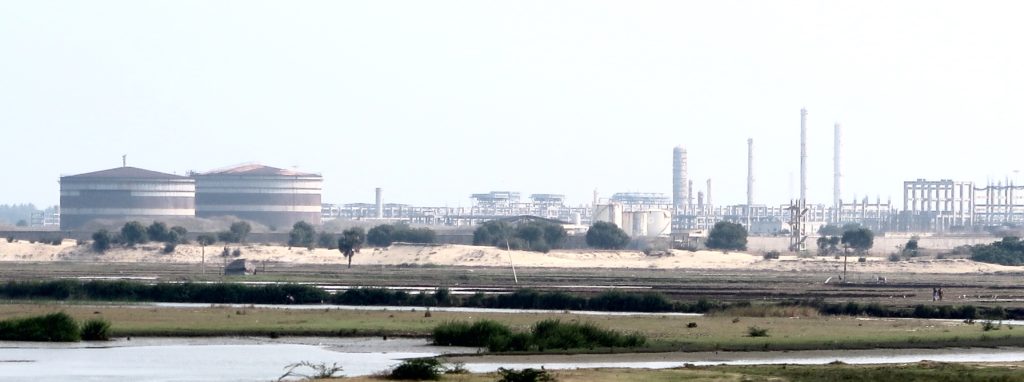
In 2015, after spending $11 billion, Royal Dutch Shell pulled out of its Arctic drilling campaign due to rising expenses and civic protest.
In 2016, Newmont Mining shut down its $5 billion Conga gold and copper mine project in the northern Andes of Peru after a decade-long battle with indigenous campesino farmers fighting to protect their water supplies.
In Kentucky and Georgia, rural county residents and local and state lawmakers have blocked two natural gas pipelines and one gasoline pipeline because of perceived risks that ruptures would contaminate rivers and lakes.
“Mega projects involving resource extraction seem to be affected more than big public works projects,†said Rohini Kamal, who studies international development trends as a research fellow at Boston University’s Global Economic Governance Initiative. “Storms and floods are a factor. So is public opposition. Big resource extractions projects are not seen as having value in affected communities.â€
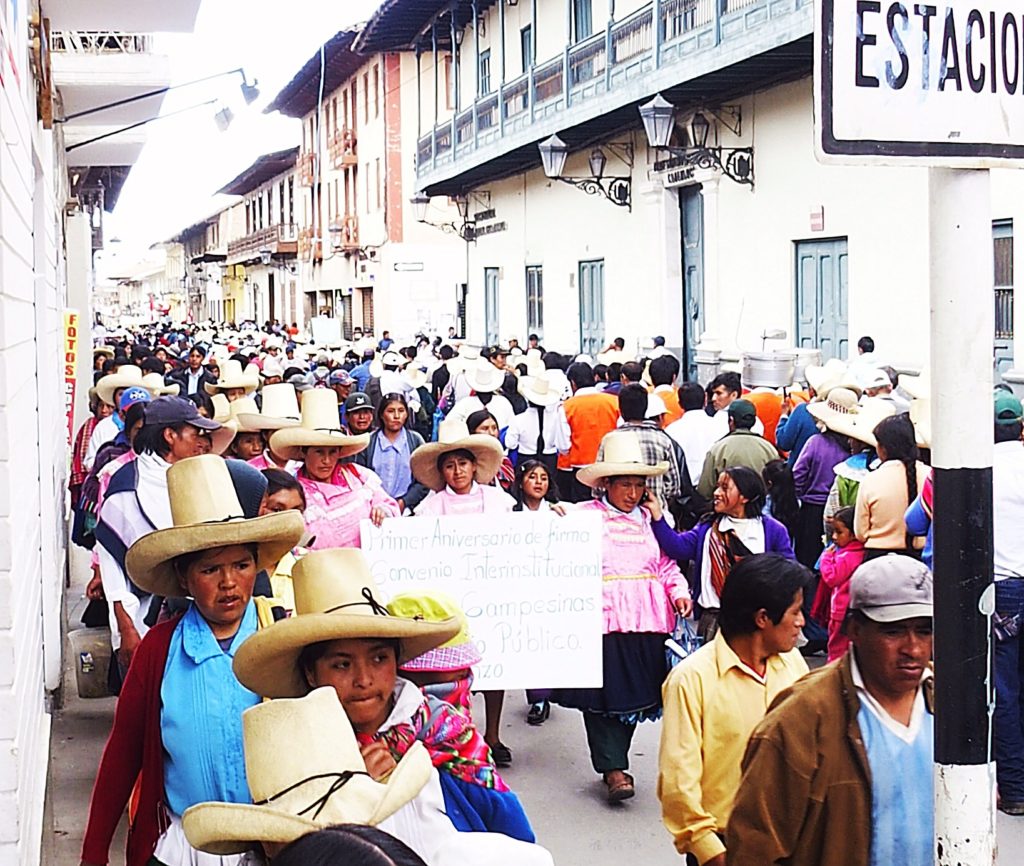
Financiers and national leaders are paying attention. In 2016, the World Bank said it would stop lending to build a $14 billion hydropower project in the Congo. Last year Brazil announced a halt to its program to build giant Amazon basin hydropower plants, citing rising costs and protests.
The Xi-Pian Xe-Namnoy disaster is more than a warning. It’s a prima facie case study in hubris, over-reach, and the limits of an obsolete economic development principle. When the investigation is completed, Laos authorities have decisions to make about the safety and wisdom of their colossal dam development plan. Less expensive, less damaging and far less dangerous electrical generating technologies are now readily available. The country needs to pursue them and abandon the big dams. The lives and fortunes of millions of Southeast Asian villagers settled in river valleys that are now downstream from them depend on it.
— Keith Schneider

